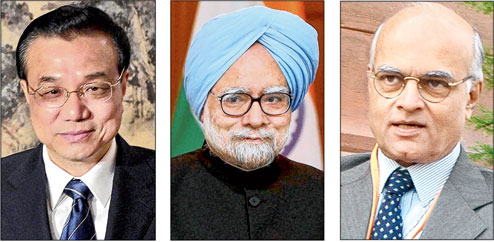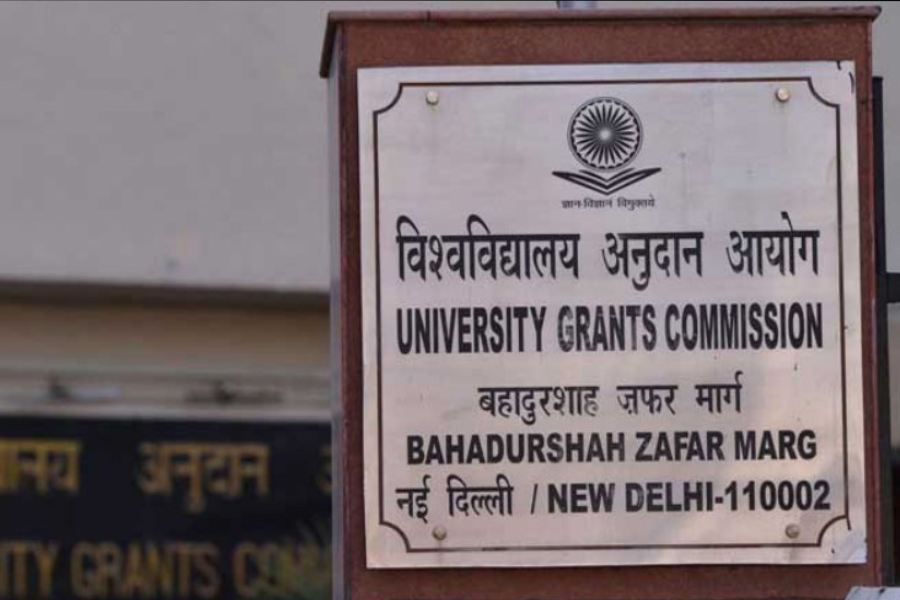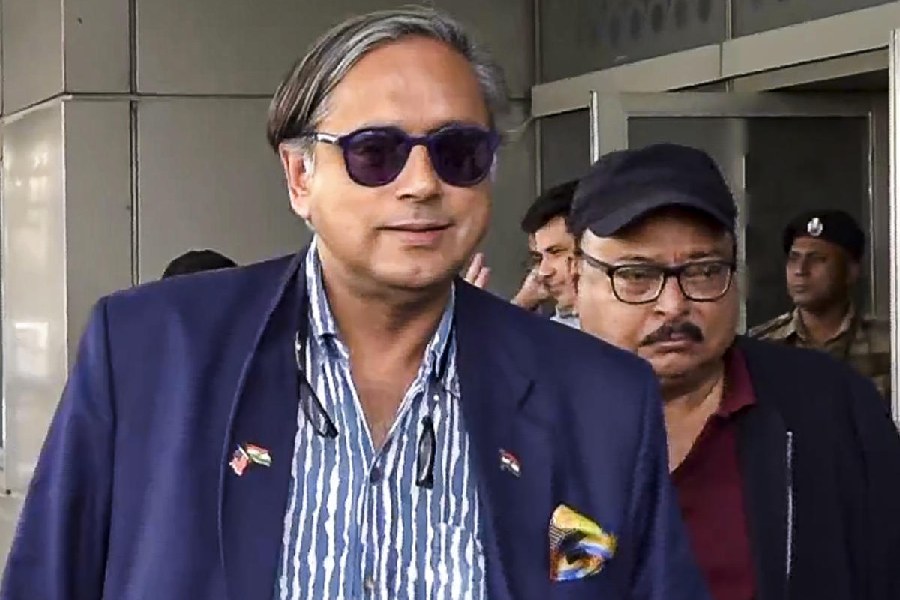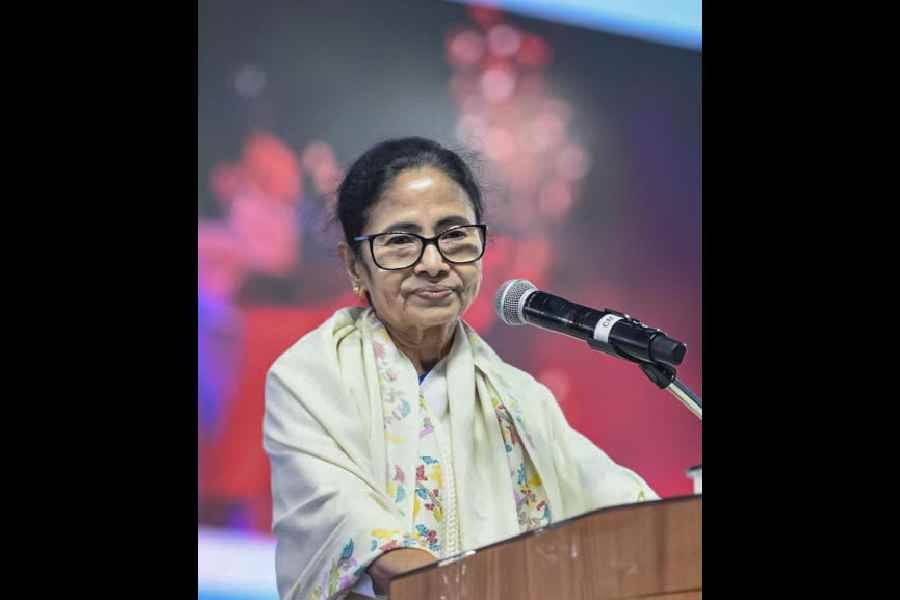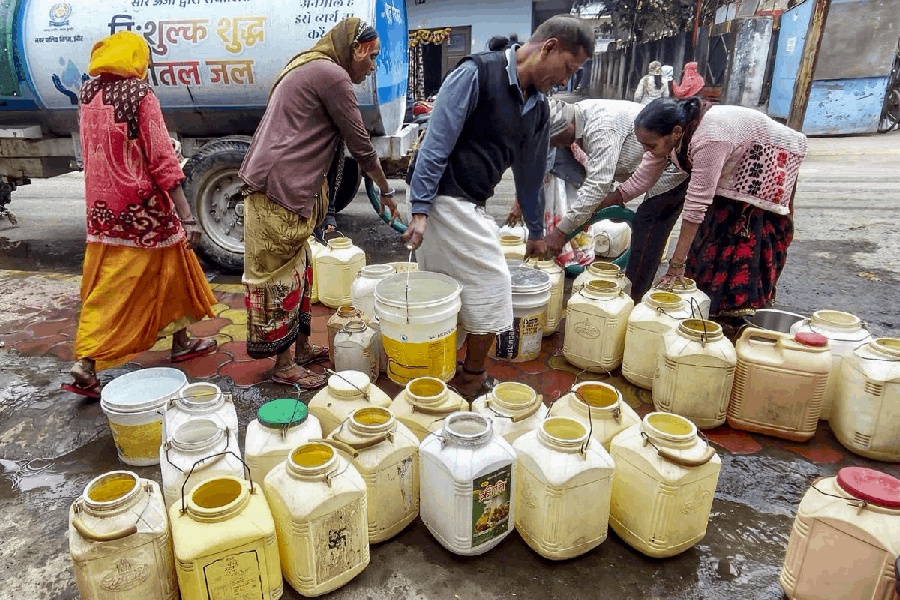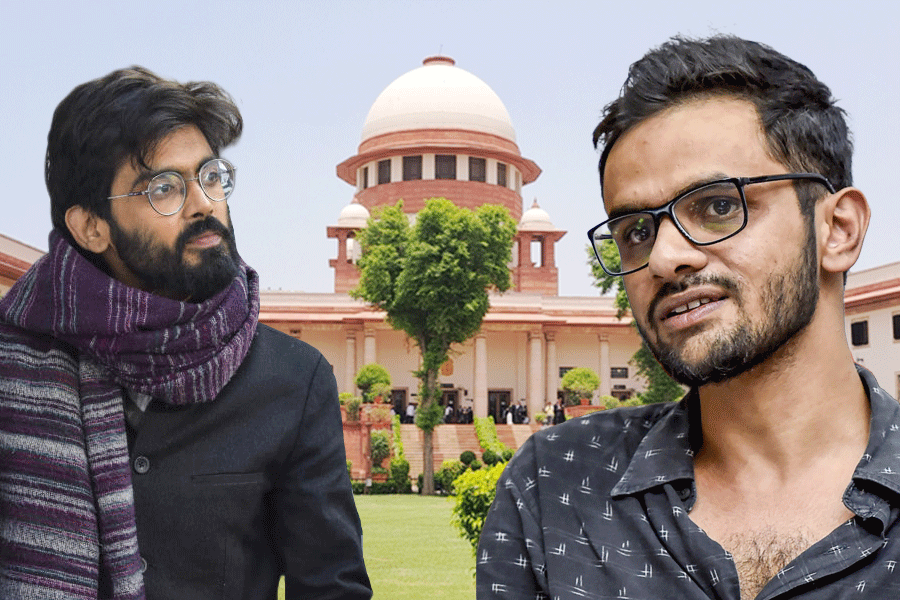 |
| (From left) Li Keqiang, Manmohan Singh and Shivshankar Menon |
Washington, April 28: Resolute in a weekend decision to prioritise the totality of Sino-Indian relations instead of overreacting to shifting control of tracts of wasteland in Ladakh, the political leadership in New Delhi has taken charge of resolving the latest land dispute with Beijing.
The Prime Minister’s description of the new Chinese encampments in disputed areas of Daulat Beg Oldi as a “localised problem” was the highlight on the issue on Saturday. More significant, in fact, has been a moderated change in defence minister A.K. Antony’s position since the incursions in Burthe came to light a week ago.
Antony took a hard line on Monday when he told reporters outside Parliament that “we are taking every action to protect our interest… we will take every step to protect our interest”. His firmness was in line with the public mood when full facts about the Ladakh situation were not known.
Two days later, Antony said in Bangalore that the government would take all measures to protect the territorial integrity of the country. The implication was that India would reclaim what it considered to be its territory from Chinese occupation by whatever means necessary.
The defence minister was briefed on Thursday by Gen. Bikram Singh after the army chief visited Jammu and Kashmir and reviewed the situation first hand with Northern Army commander Lt Gen. K.T. Parnaik.
A significant mellowing was evident in Antony’s attitude the following day when he told reporters, again outside Parliament, that “negotiations and consultations are going on at various levels to find out a peaceful solution to the Chinese incursion issue”.
A day earlier, external affairs minister Salman Khurshid had urged that the developments in Ladakh “should not spill over into a larger spectrum”. Most significant of all was Khurshid’s iteration that he would go to Beijing as scheduled on May 9. He said: “We have our normal contacts. Things can be resolved long before I get to China.”
Behind such a reassuring change from Monday, when there was talk of a “1962-like situation” between New Delhi and Beijing, and Saturday, when hopes were raised of status quo ante, is the remarkable story of how a government — even one as besieged as the UPA — managed to salvage what is potentially its biggest diplomatic success this year, perhaps of its entire second five-year tenure.
When China’s new Prime Minister Li Keqiang decided that he would make New Delhi his very first destination for a foreign trip next month, Beijing was sending a clear message to New Delhi. It was not lost on South Block because according to protocol, it is now Manmohan Singh’s turn to visit China.
So India told China that Singh would visit Beijing in June and fulfil the demands of protocol. But Li’s office insisted that, no, the Prime Minister, who has now been in office for only six weeks, wanted to personally underline the importance he was giving to India.
The idea of back-to-back visits by Li and Singh to each other’s capitals, which is rare even among allies, alarmed China-baiters, of whom there is no shortage in India’s security, defence and foreign policy establishments.
Li’s remarkable decision must be seen in the context of an equally remarkable meeting between Singh and Xi Jinping, China’s new President since March 14, in Durban within days of Xi assuming office.
At that meeting, Xi talked about the border problem with India hinting at “a fair, rational solution… as soon as possible”. Chinese leaders don’t talk off the cuff. They never make statements without due deliberation. Previous Chinese presidential statements have been very different, about the border dispute being a legacy of history and of difficulties in resolving the dispute.
Xi’s optimism offered the first hint that national security adviser Shivshankar Menon’s years-long efforts on the border question with the Chinese had made progress after a long period of stalemate.
Then came the news of the new Chinese Prime Minister’s insistence that he wanted to make his first foreign trip to India even going against protocol.
Sources in New Delhi confirmed such progress although they insisted that the border problem was nowhere near any final solution. They refused to prematurely share any details. A leap in Sino-Indian relations and light at the end of the tunnel on the vexed border dispute have the potential to shape the Prime Minister’s legacy in foreign policy before the UPA heads into a general election.
Given this background, there is surmise in South Block about the reasons for China staying put in the areas of the Line of Actual Control in Ladakh instead of the decades-old practice of coming and going through the disputed territory just as India does from time to time.
One view is that the Chinese wanted to test how much the political leadership on Raisina Hill was aware of the ground situation in Ladakh and how much of these fine and elaborate details were being shared by the army’s Northern Command with South Block, which also houses Antony’s office. This assumed relevance in the context of Gen. V.K. Singh’s lone-ranger one-upmanship against the civilian leadership of the defence ministry.
Antony, it is understood, is now aware that India’s permanent encampments have gradually inched forward east and north of the Siachen glacier, that India has built three air strips on disputed territory and that it has beefed up its positions to such an extent that its forces can now monitor movements on the Karakoram highway and has a critical eye on roads that connect to Sinkiang.
No Indian will fault the army for doing this, but these are exactly activities that inflame public discourse in India whenever the Chinese are accused of doing so on their part in disputed territories.
On the Indian side, of course, no one wants to talk about these in public and the Chinese themselves euphemistically refer to them as their “concerns”.
But by encamping in Burthe, Beijing has forced a whole gamut of issues along the Line of Actual Control into the open and the political leadership will now be forced to discuss them during the back-to-back prime ministerial visits.
An equally strong surmise is that, in part, the Chinese have escalated the dispute now to influence the choice of India’s next foreign secretary. S. Jaishankar, the ambassador in Beijing, is one of the contenders to succeed Ranjan Mathai in a few months and his mettle, leanings and preferences will be tested in the current crisis.
The Chinese have done this before. When Nirupama Rao was ambassador in Beijing and was similarly in the running for the top diplomat’s job, the Chinese created a crisis by infiltrating the embassy, trapping the station chief of the Research and Analysis Wing. Several other staffers were casualties of that episode.
Rao, however, came out unscathed, proved her worth and went on to head South Block. If the political leadership had not stepped into the Ladakh dispute in full force, Jaishankar would have borne the brunt of the latest crisis and been tested before he heads out of Beijing to New Delhi or elsewhere soon.

